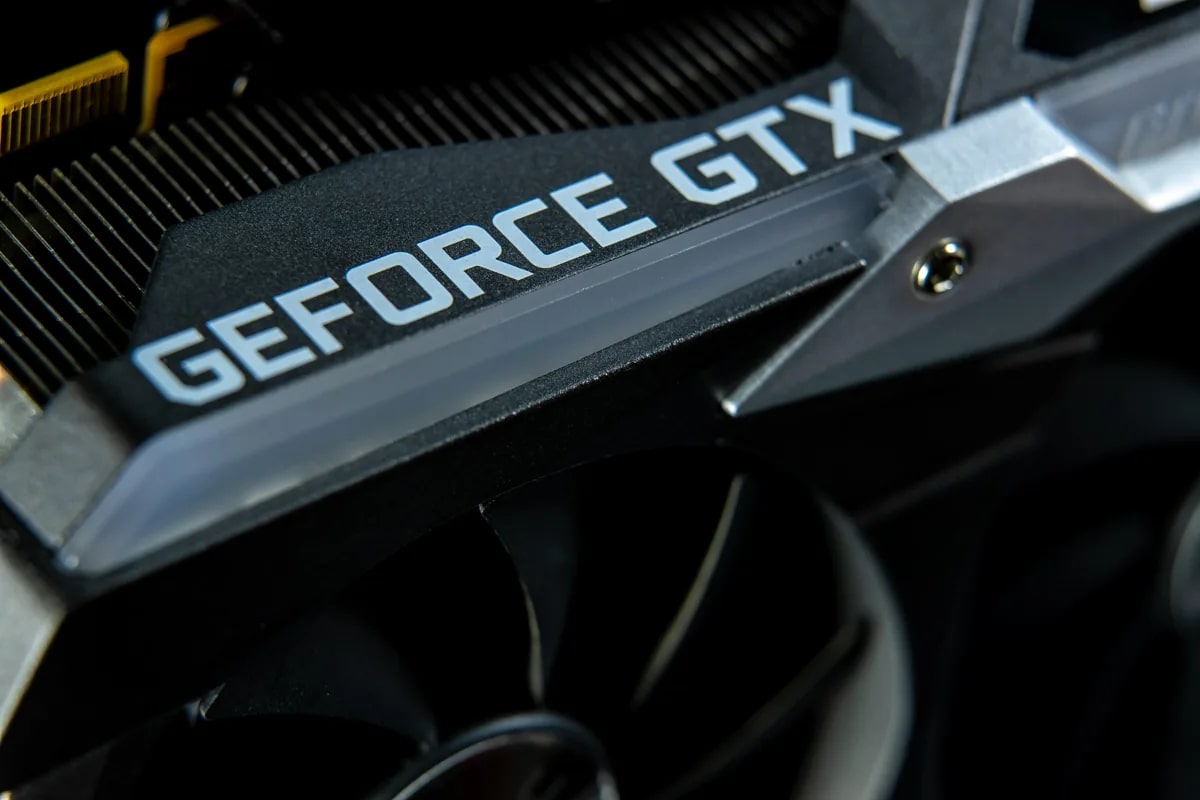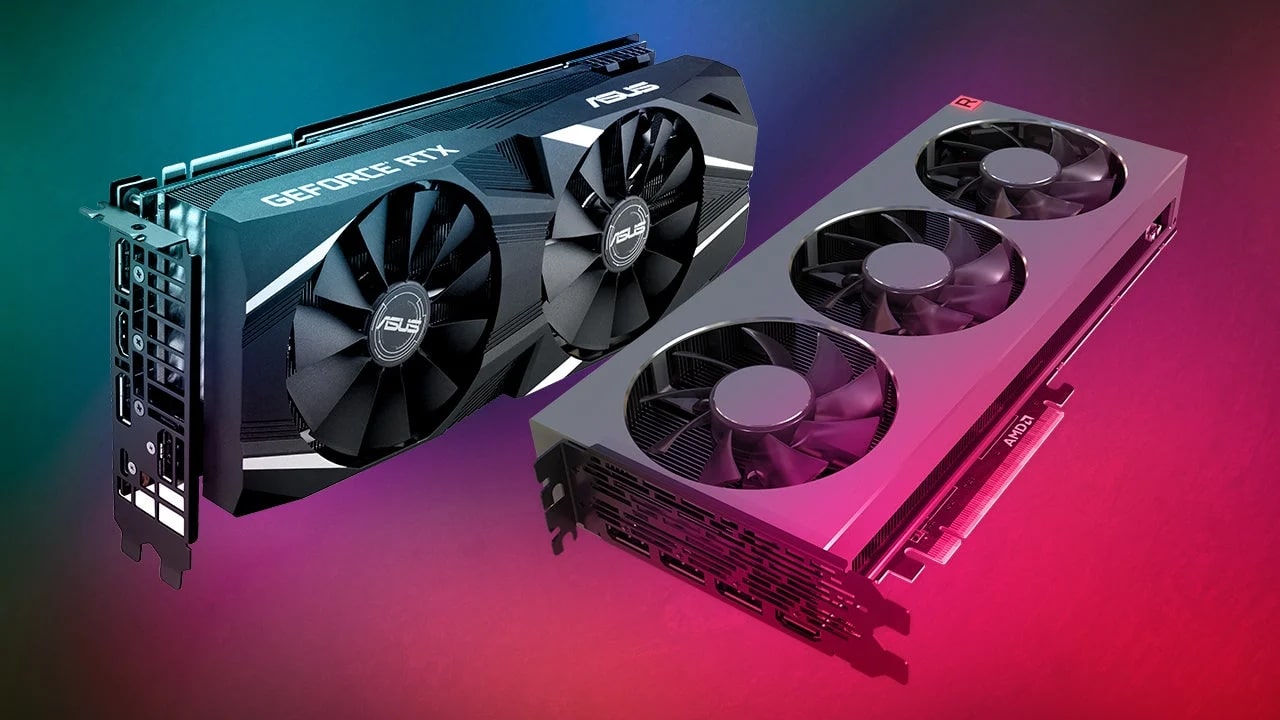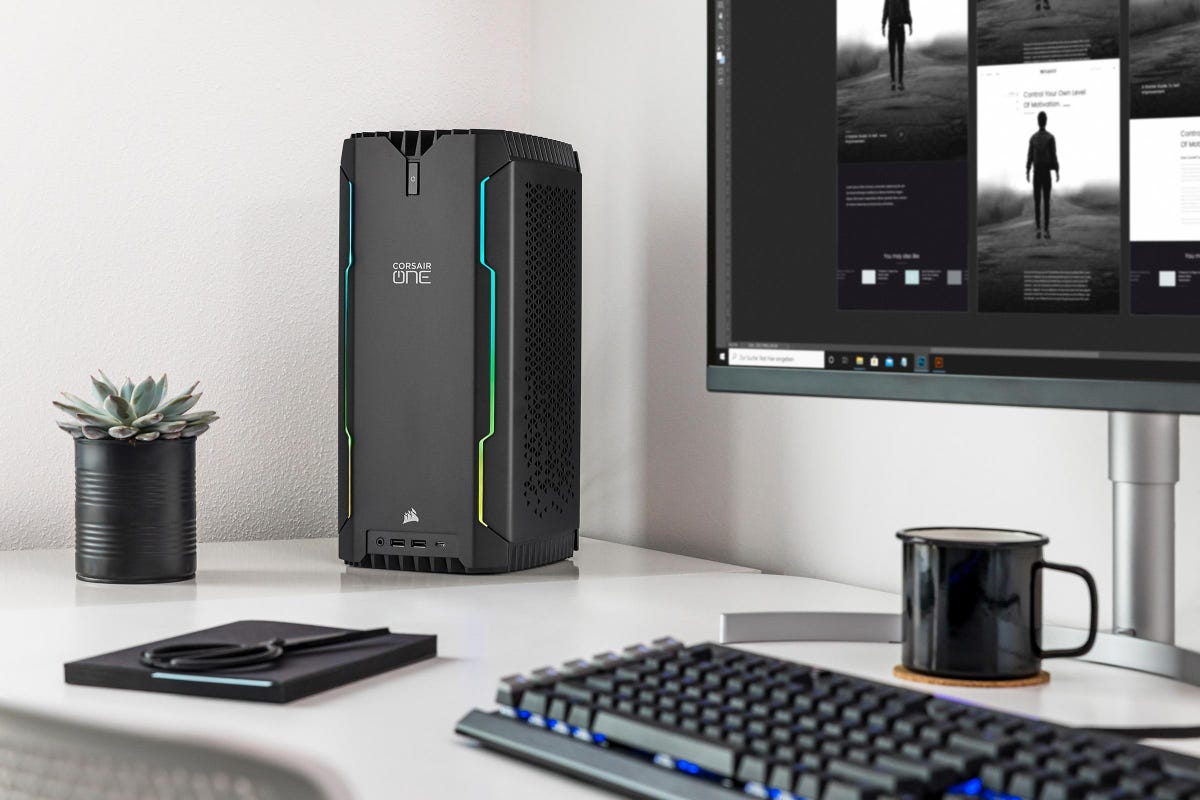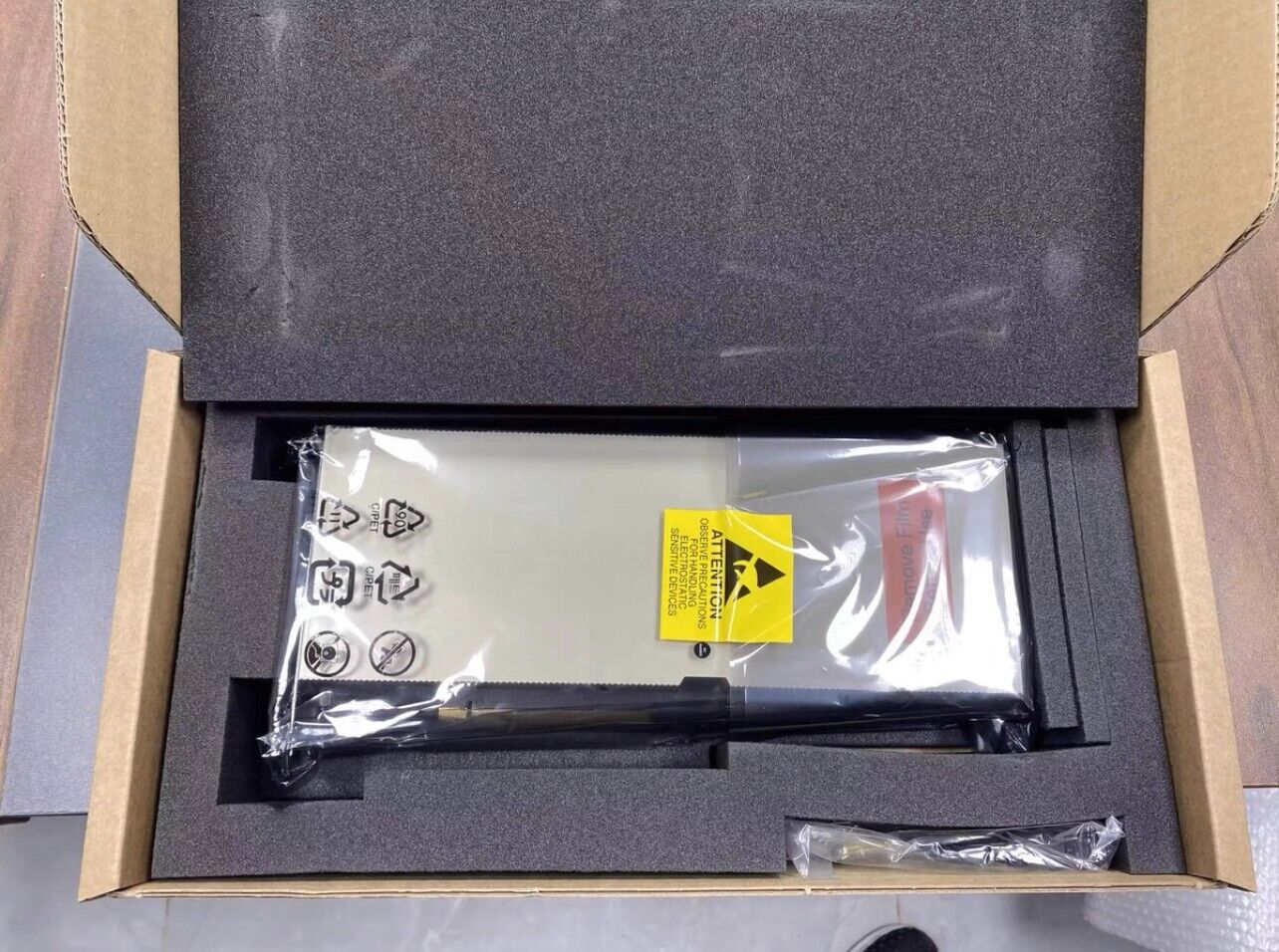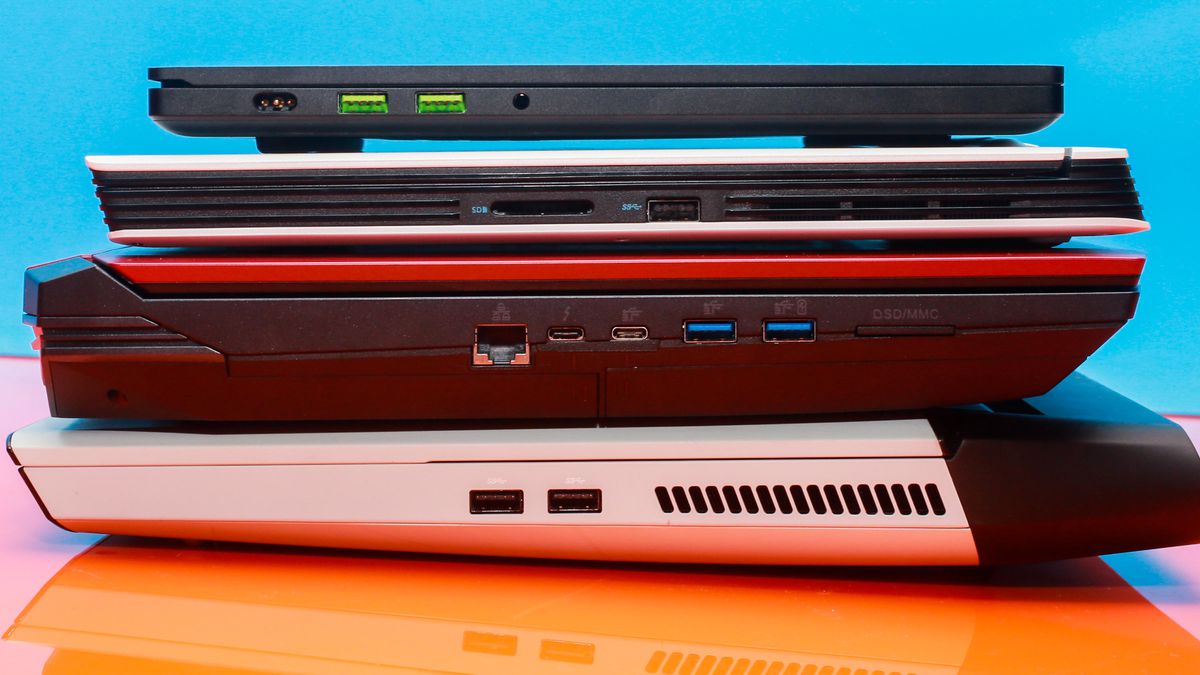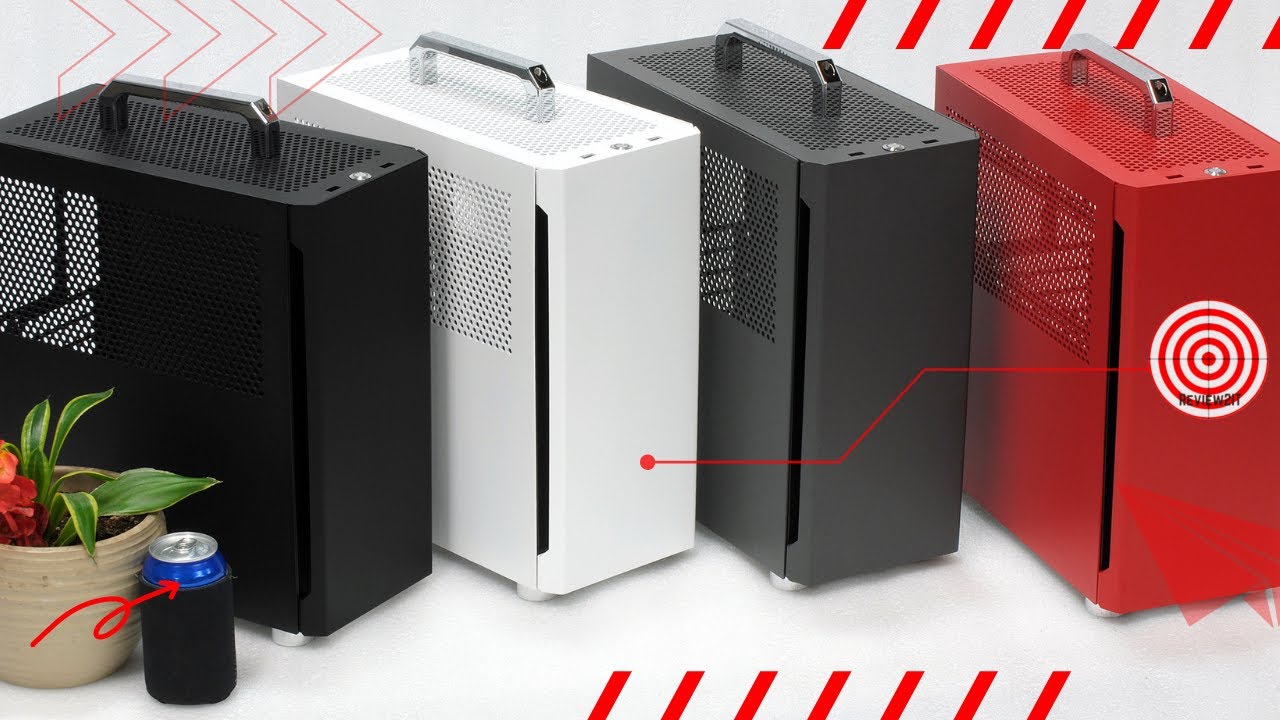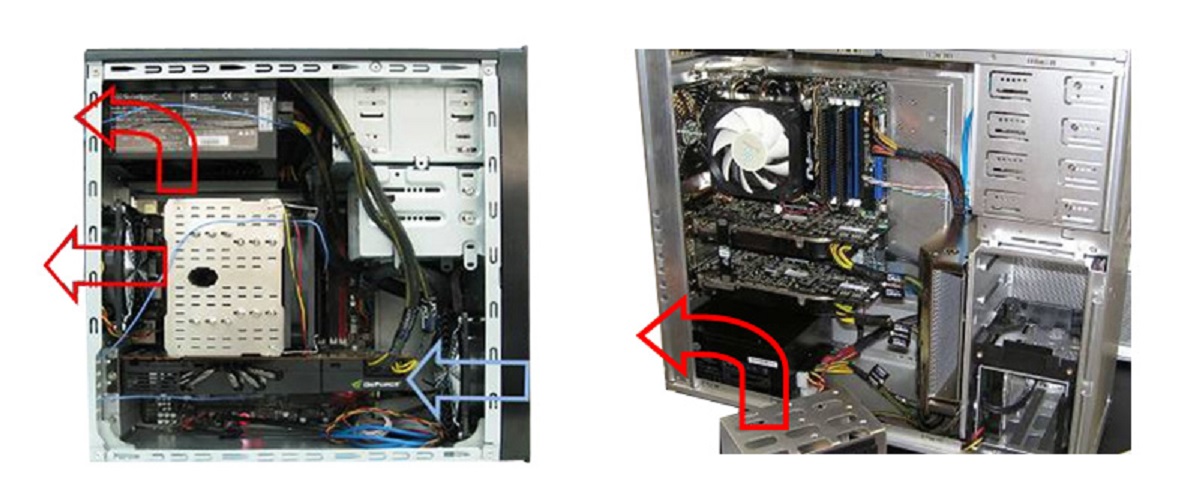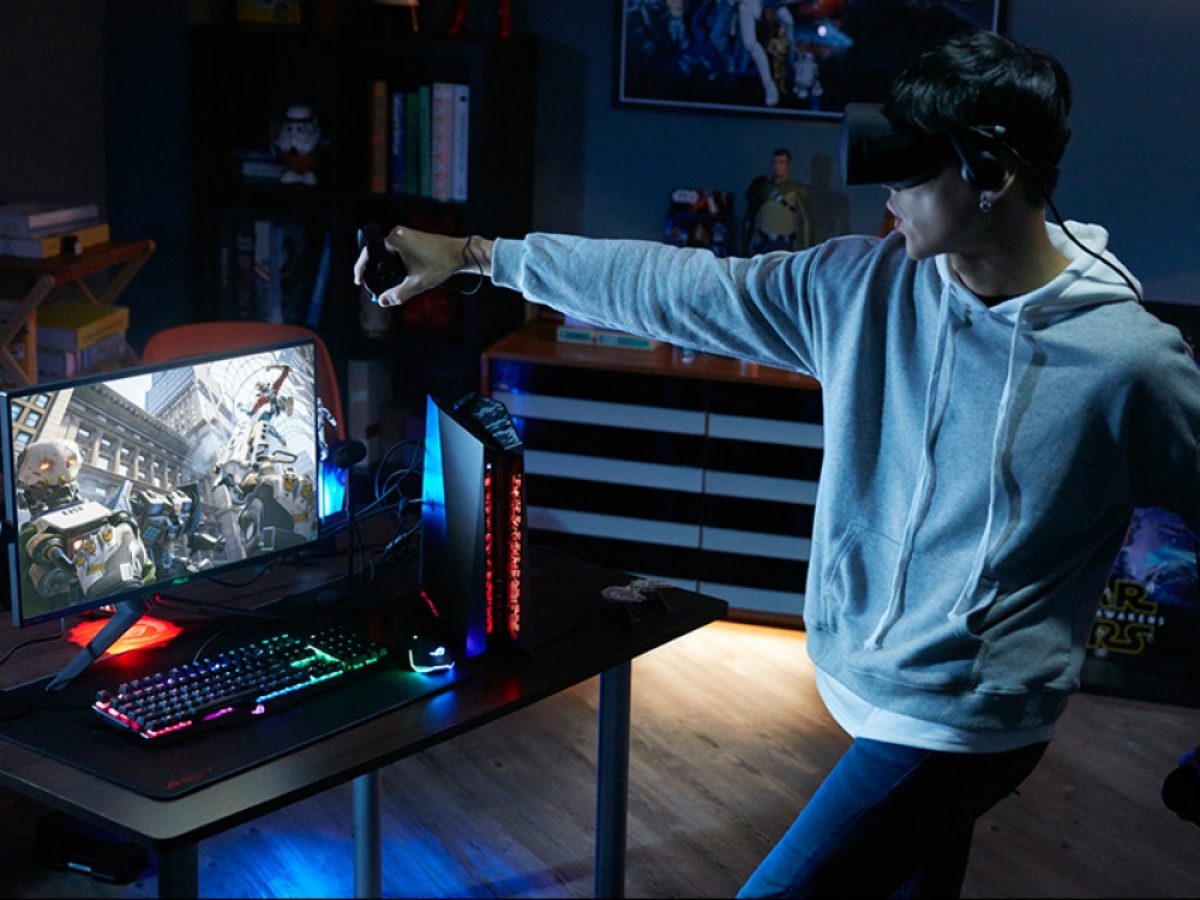Introduction
Welcome to the world of gaming and graphic-intensive tasks! If you own a powerful graphics card, you know how important it is to keep it safe and secure. Whether you’re moving to a new location or attending a LAN gaming event, transporting your graphics card requires special attention to avoid any damage or performance issues.
Graphics cards are delicate components that can be sensitive to shocks, vibrations, and electrostatic discharge. Improper handling during transportation can result in bent or broken components, loose connections, or even complete failure. However, with the right precautions and proper packaging, you can ensure the safety of your graphics card during transportation.
In this guide, we will provide you with comprehensive instructions on how to safely transport a graphics card. We will cover everything from choosing the right packaging materials to safely removing and packing the graphics card. By following these steps, you can minimize the risk of damage and enjoy peace of mind while transporting your valuable gaming asset.
Choosing the Right Packaging Materials
Before you start preparing your graphics card for transportation, it is crucial to gather the necessary packaging materials. The right packaging materials will provide the necessary cushioning and protection to keep your graphics card safe during transit.
Here are some essential packaging materials to consider:
- Anti-static bags: Graphics cards are sensitive to static electricity, so it’s important to store them in anti-static bags. These bags prevent electrostatic discharge that could potentially damage the delicate electronic components.
- Bubble wrap: Bubble wrap acts as a protective layer and absorbs shocks. Wrap your graphics card with bubble wrap to provide an extra layer of cushioning.
- Packing peanuts: These foam peanuts are great for filling any empty spaces in the packaging box. They help prevent the graphics card from moving around during transportation.
- Cardboard box: Choose a sturdy cardboard box that is slightly larger than your graphics card. Make sure the box is in good condition and can withstand the rigors of transportation.
- Zip ties or twist ties: These are handy for securing cables and keeping them organized.
- Foam inserts: If you have the original packaging of your graphics card, it may include foam inserts specifically designed to hold the card securely in place. These inserts provide excellent protection during transit.
When choosing packaging materials, prioritize protecting your graphics card from physical damage, static electricity, and movement inside the packaging box. It’s always better to invest in quality materials to ensure the safety of your valuable hardware.
Removing the Graphics Card from Your Computer
Before you can transport your graphics card, you need to safely remove it from your computer. Follow these step-by-step instructions to ensure a smooth removal process:
- Power off your computer: Shut down your computer and disconnect the power cable.
- Prepare your workspace: Find a clear and well-lit area to work in. Consider using an anti-static mat or wearing an anti-static wristband for added protection against electrostatic discharge.
- Open your computer case: Remove the screws or fasteners holding the side panel of your computer case. Carefully slide off the panel to expose the internal components.
- Locate the graphics card: Look for the graphics card, which is usually located in one of the PCIe slots on the motherboard. Depending on your setup, you may need to remove components like cables, connectors, and retaining clips that are blocking access to the graphics card.
- Disconnect cables: Gently unplug any cables or connectors attached to the graphics card. These may include power cables, display connectors (such as HDMI or DisplayPort), and SLI/CrossFire connectors if applicable.
- Release the retention mechanism: Most graphics cards are secured in the PCIe slot with a retention mechanism. Release the clips or screws that hold the graphics card in place. Slowly and carefully pull the graphics card out of the slot, applying equal pressure on both ends.
- Place the graphics card in an anti-static bag: Once the graphics card is removed, immediately place it in an anti-static bag to protect it from static electricity.
Remember, graphics cards can be quite delicate, so handle them with care during the removal process. Avoid touching the sensitive electronic components and always hold the graphics card by the edges or the metal bracket to minimize the risk of damage.
Safely Storing the Graphics Card
After removing your graphics card from your computer, it’s important to store it properly to prevent any damage while it is being transported. Follow these guidelines to ensure the safe storage of your graphics card:
- Clean the graphics card: Use a can of compressed air or a soft brush to remove any dust or debris from the graphics card. This will not only keep it clean but also improve its performance.
- Place the graphics card in an anti-static bag: As mentioned earlier, place your graphics card in an anti-static bag to protect it from electrostatic discharge. These bags are specially designed to prevent static electricity from damaging the delicate electronic components of the graphics card.
- Avoid placing the card on a metal surface: When storing the graphics card, avoid placing it directly on a metal surface. Metal can conduct electricity and increase the risk of static discharge. Instead, opt for a soft, non-conductive surface.
- Keep it in a dry and cool environment: Moisture and excessive heat can be detrimental to the functioning of your graphics card. Make sure to store it in a dry and cool environment to prevent any damage caused by humidity or extreme temperatures.
- Label the bag: It’s a good practice to label the anti-static bag with the name of the graphics card and any other relevant information. This will make it easier to identify the card when unpacking it later.
- Store it in a secure location: Find a safe place to store your graphics card until you are ready to transport it. Keep it away from areas with high foot traffic or where it could accidentally be knocked over.
By following these storage guidelines, you are ensuring that your graphics card remains in optimal condition while it is not in use. Treating it with care during this time will reduce the risk of any performance issues or damage during transportation.
Packing the Graphics Card
Proper packaging is crucial to ensure the safety of your graphics card during transportation. Follow these steps to pack your graphics card securely:
- Prepare the cardboard box: Take the sturdy cardboard box you gathered earlier and ensure it’s clean and in good condition. Remove any old labels or stickers from the box.
- Add protective padding: Place a layer of packing peanuts at the bottom of the box to provide cushioning. This will help absorb any shocks or vibrations during transit.
- Wrap the graphics card: Wrap your graphics card, which is already stored in an anti-static bag, with an additional layer of bubble wrap. This extra layer of protection will provide added cushioning against impacts.
- Secure the wrapped graphics card: Place the wrapped graphics card securely in the packaging box, making sure it is centered and doesn’t move around. You can use more packing peanuts or crumpled paper to fill any empty spaces and keep the card in place.
- Seal the box: Once the graphics card is packed and secured, seal the box with quality packing tape. Ensure that all edges and seams of the box are properly taped to prevent it from opening accidentally during transit.
- Label the box: Clearly label the box as “Fragile” or “Handle with Care” to alert anyone handling the package of its delicate contents. You can also include your contact information on the label in case of any queries or issues during shipping.
Remember, the goal of packing is to protect your graphics card from any external forces that could potentially cause damage. By following these packing procedures, you are ensuring that your graphics card will stay safe and secure throughout its journey.
Additional Precautions for Transporting a Graphics Card
Transporting a graphics card requires extra precautions to minimize the risk of damage. Consider the following additional tips to ensure a safe journey for your valuable hardware:
- Choose a reputable shipping carrier: If you are shipping your graphics card, opt for a reliable and reputable shipping carrier. Look for carriers that specialize in handling fragile and valuable items to ensure proper care during transit.
- Insure your package: Depending on the value of your graphics card, consider insuring it for the full replacement cost. This will provide financial protection in case of any loss or damage during transportation.
- Double-boxing: For added protection, consider double-boxing your graphics card. Place the packaged graphics card in a slightly larger box and add additional padding between the two boxes to absorb shocks and vibrations.
- Handling the package with care: Whether you are personally transporting the graphics card or entrusting it to a shipping carrier, handle the package with care. Avoid dropping or mishandling the package, as even a small impact can cause damage to the card.
- Keep the package upright: To prevent any internal damage, always keep the package upright during transport. Avoid tilting or flipping the package, as this can lead to the graphics card shifting and potentially becoming dislodged.
- Monitor tracking updates: If you are shipping your graphics card, closely monitor the tracking updates to stay informed about its progress. This will allow you to anticipate its arrival and take necessary precautions upon delivery.
- Store original accessories separately: If your graphics card came with any original accessories such as SLI/CrossFire bridges or cable adapters, store them separately. This will prevent them from coming into contact and potentially damaging the graphics card during transportation.
By following these additional precautions, you can further safeguard your graphics card during transit and ensure that it arrives in optimal condition at its destination.
Conclusion
Transporting a graphics card requires careful planning and attention to detail to ensure its safety throughout the journey. By choosing the right packaging materials, safely removing the card from your computer, and properly storing and packing it, you can minimize the risk of damage during transportation. Additional precautions such as insuring the package, double-boxing, and handling the package with care can provide further protection for your valuable hardware.
Remember to prioritize the safety of your graphics card by protecting it from static electricity, cushioning it against shocks and vibrations, and keeping it in a dry and cool environment. Labeling the package as fragile and monitoring tracking updates can also help ensure a smooth transit process.
By following these guidelines, you can confidently transport your graphics card without compromising its performance or risking any damage. Your graphics card is an essential component of your gaming or graphic-intensive tasks, and by taking the necessary precautions, you can ensure its longevity and optimal performance for years to come.







